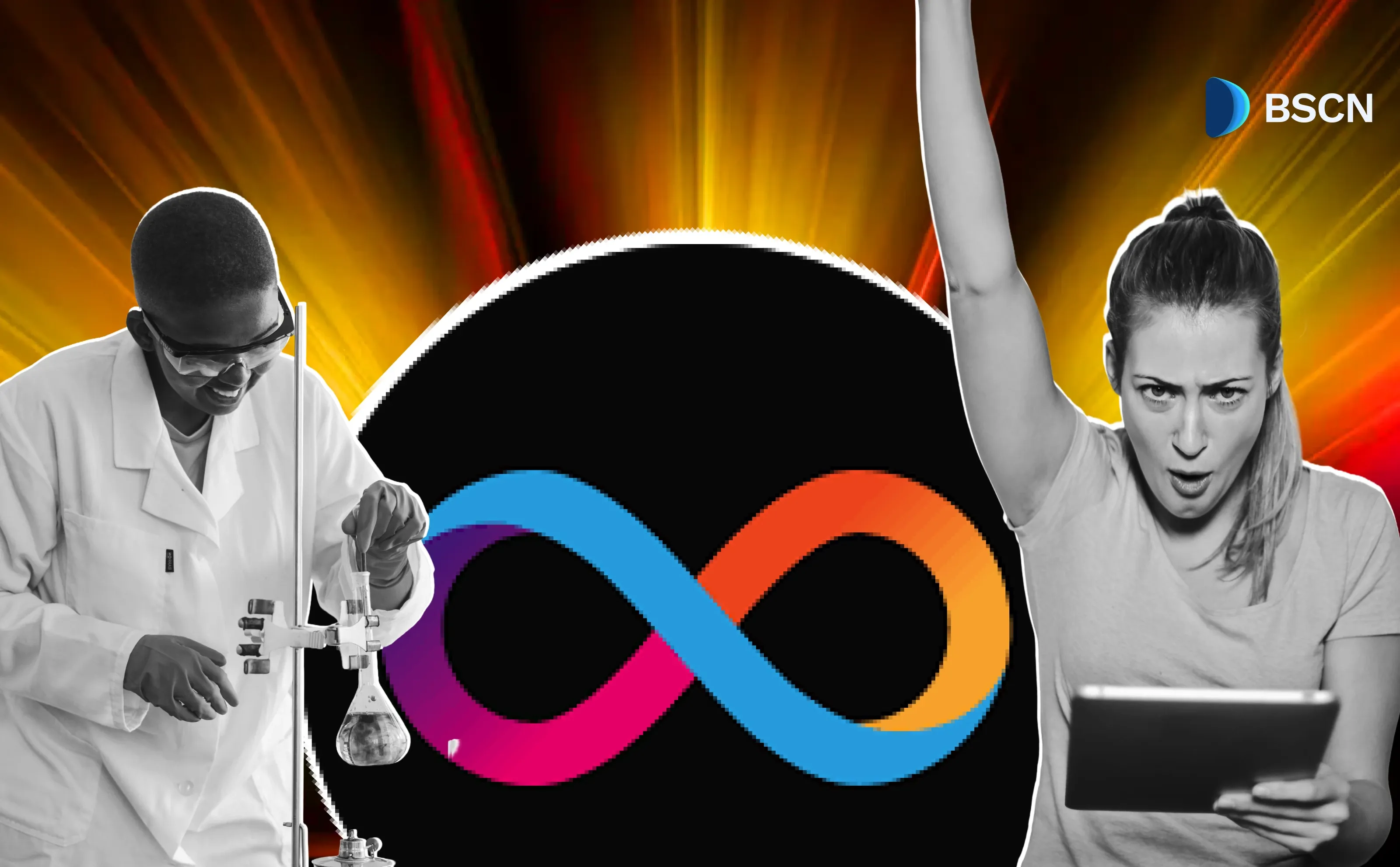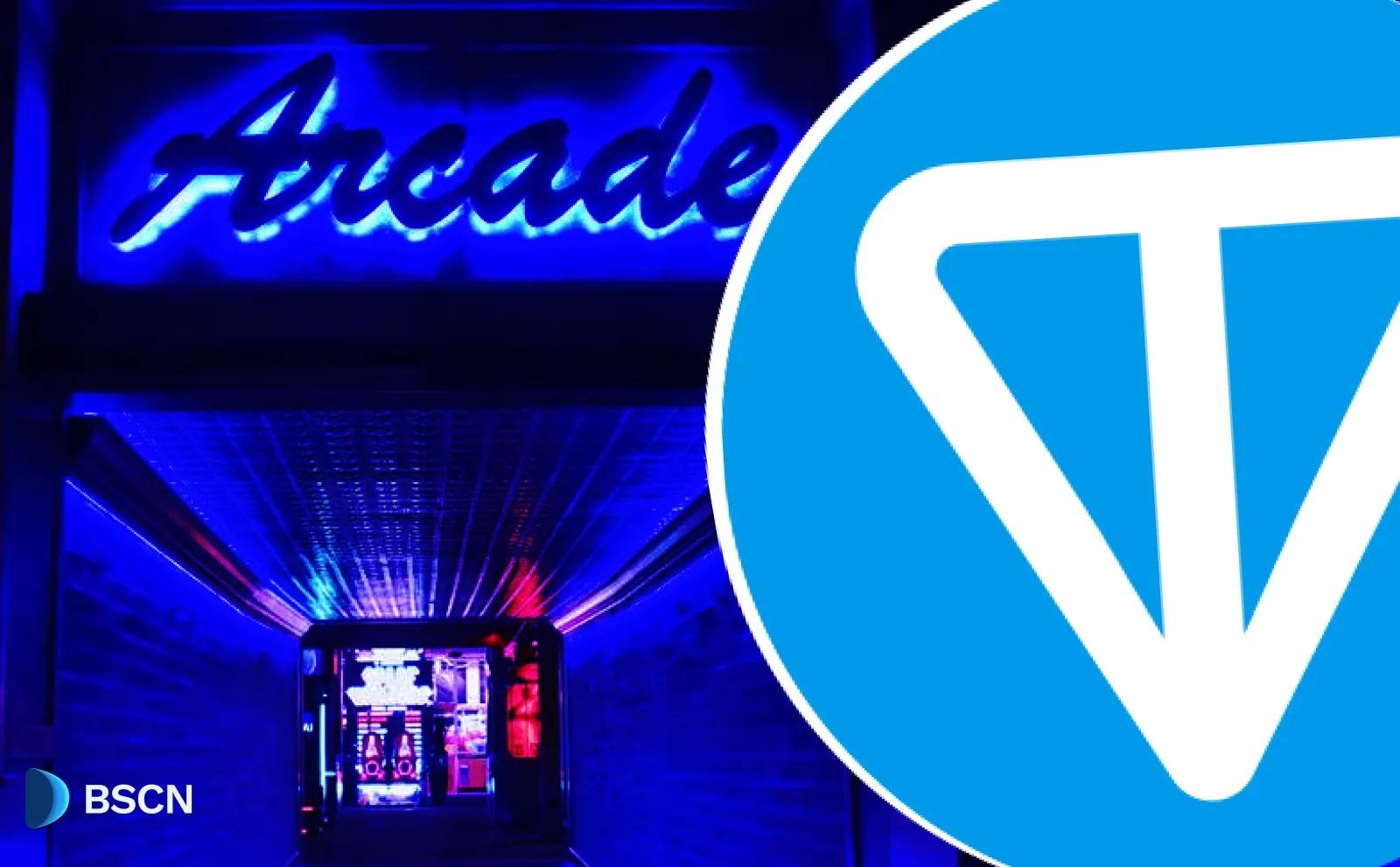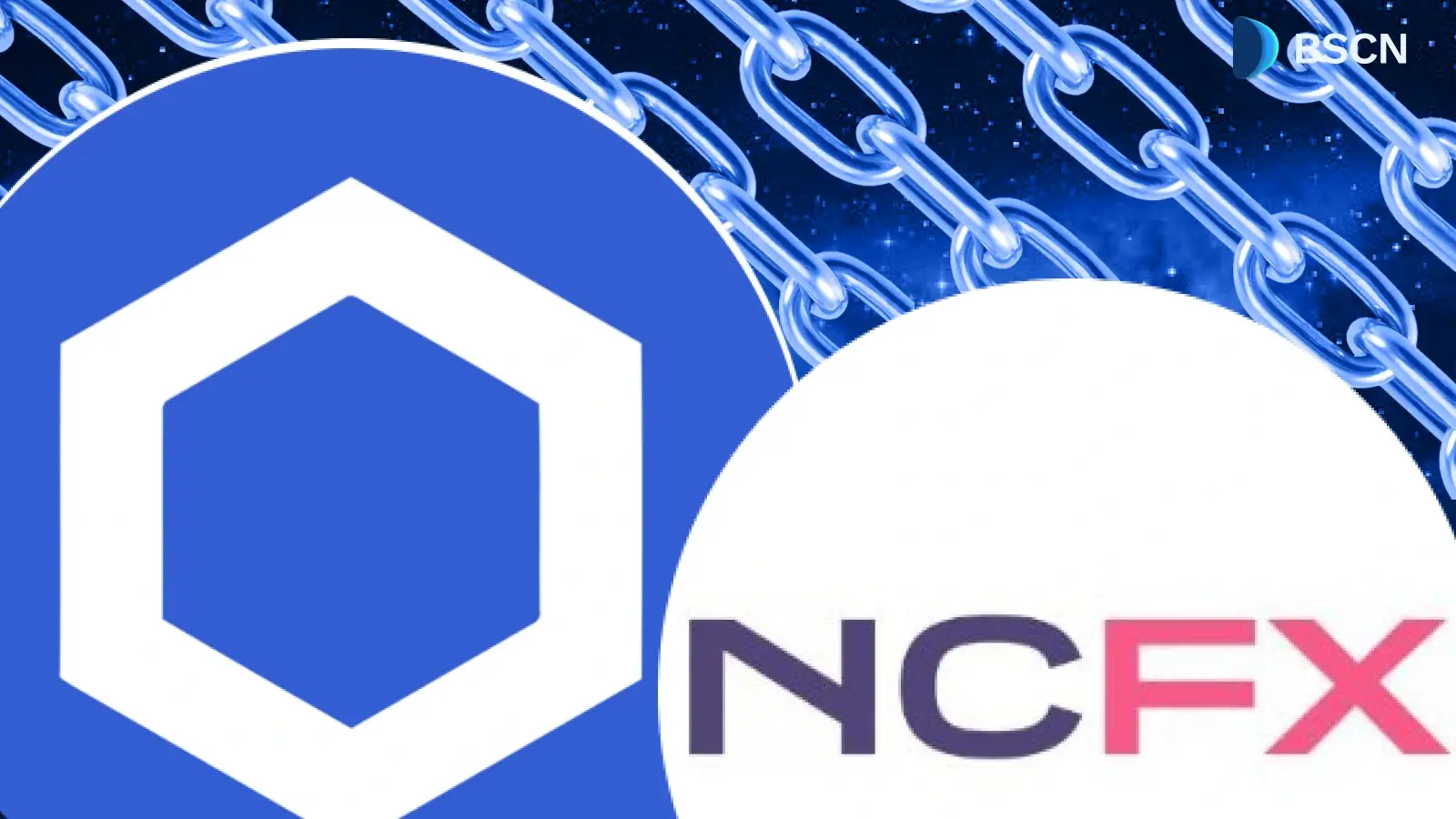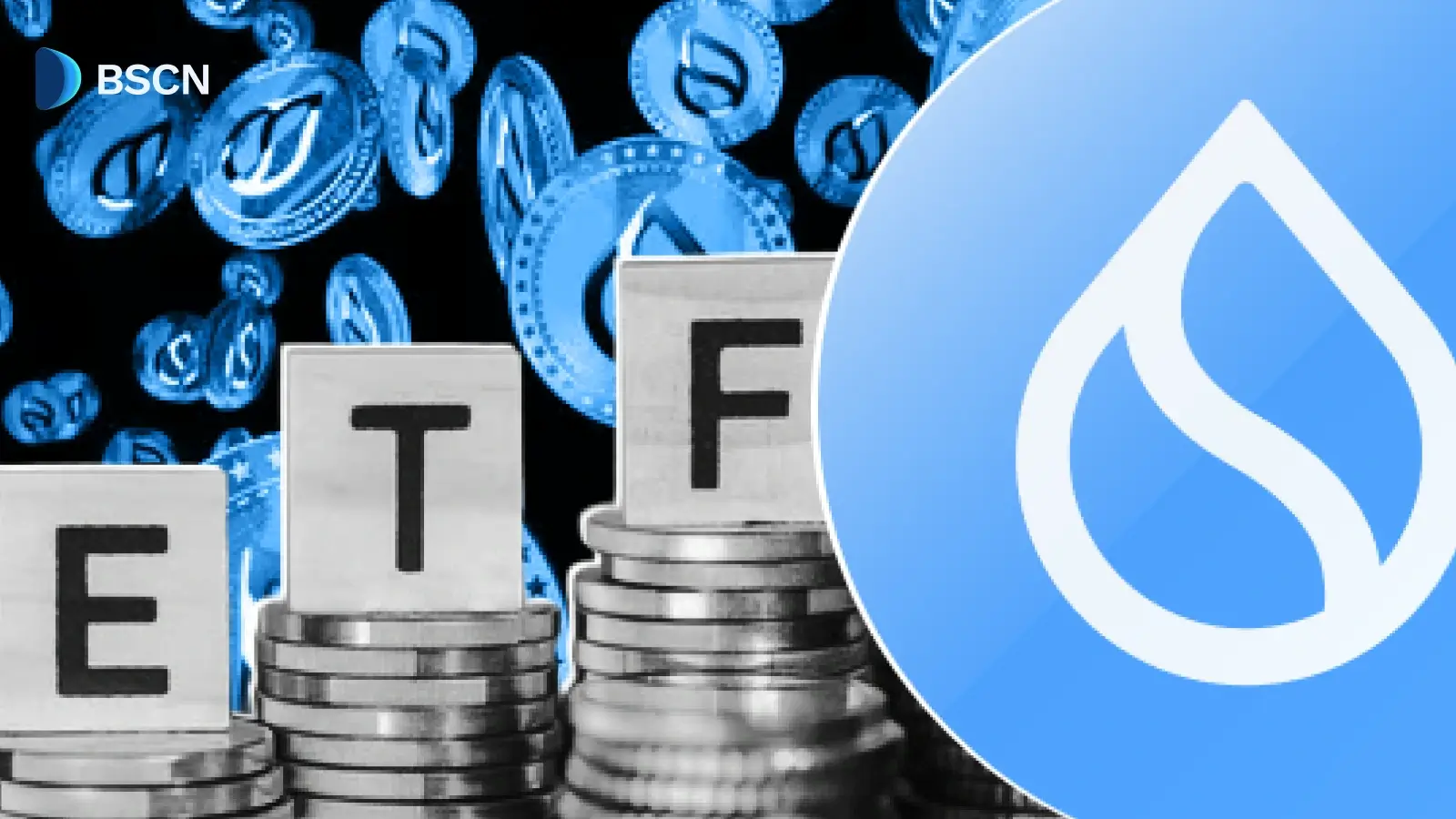Research
(Advertisement)
Celestia's Ecosystem Explosion: Mammoth Mainnet, $62.5M Buyback, and the Rise of Rollup Infrastructure

Celestia's 2025 ecosystem boomed with Lotus upgrade, $62.5M TIA buyback, supporting numerous rollups.
UC Hope
August 18, 2025
(Advertisement)
Table of Contents
How Has Celestia Performed in 2025?
Celestia's blockchain network has expanded its ecosystem through developments in its mainnet operations, a $62.5 million token buyback, and increased support for rollup infrastructure, reflecting higher adoption in data availability services.
In 2025, the protocol recorded progress in its modular blockchain framework, focusing on data availability to support scalable networks. The year began with a block size increase to 8MB on January 28, implemented through onchain governance, which improved data handling capacity. This followed the Ginger upgrade in December 2024, which reduced block times from 12 seconds to 6 seconds, enhancing transaction finality and throughput as the new year began.
By May, the Lotus upgrade, announced as the v4 mainnet update, integrated Hyperlane to facilitate cross-chain communications and interoperability. Demand for data availability grew exponentially, with Celestia capturing over 50% market share in the sector by mid-May. This rose to 90% by June, as nearly all new rollup projects selected its layer for operations.
By late May, more than 56 rollups were utilizing Celestia's data availability, with 37 operating on the mainnet and 19 on the testnet. Integrations expanded, including a significant connection with an Ethereum Layer 2 rollup to broaden its data provision role. Staking features allowed participation in airdrops from Cosmos ecosystem projects and asset transfers across chains.
Technical advancements, such as the mamo-1 milestone and upcoming zero-knowledge upgrades, advanced toward the 1GB block goal. These developments positioned Celestia as a key player in modular blockchains, addressing the trilemma of decentralization, scalability, and security.
Inside Celestia's Mammoth Mainnet Ecosystem
Celestia operates as a modular blockchain, focusing on data availability by separating the consensus and data layers from the execution layer. This allows developers to build customized blockchains and rollups. The mainnet, which went live in October 2023, has grown to secure about $654.67 million in total value as of August 2025. Here’s a breakdown of the modular blockchain’s mainnet ecosystem:
Supported Rollups and Market Share: The network supports various rollups, including Manta Pacific, Plume Network, Derive, Galxe Gravity, Eclipse, and others, and holds about 50% market share in data availability.
Technical Advancements Driving Expansion: Progress includes the implementation of data availability sampling for verifying data without full block downloads, the Lemongrass upgrade for improved consensus, and the Ginger upgrade that cut block times to six seconds while doubling throughput.
Testing and Performance Improvements: The Mammoth Mini testnet achieved a throughput of 27 MB per second, a 160-fold increase, preparing for block sizes of 1 GB. Storage requirements fell by 16 times and sync times by 22 times via pruning and the Shwap protocol.
Data Adoption and Project Contributions: Over 160 GB of data have been published, with Eclipse adding more than 83 GB, Manta Network contributing over 7 GB, and other projects contributing as well. Sovereign rollups, such as Forma and Flame EVM, employ TIA tokens for gas in NFTs and operations.
Integration with Alternative Virtual Machines: AltVMs from Movement Labs, Eclipse, and Initia connect to the network for execution purposes.
Privacy and Application Features: Applications include Payy for private payments, Hibachi for real-time zero-knowledge proof exchanges, and Prism for end-to-end encryption.
Rollup Diversity and Categories: More than 20 rollups cover areas including decentralized finance, non-fungible tokens, gaming, and social platforms.
Key Partnerships and Integrations: Collaborations feature Astria as the initial decentralized sequencing layer and Blobstream, a zero-knowledge tool for Ethereum compatibility, integrated with Optimism and Arbitrum.
2025 Growth and Comparisons: Token prices rose monthly in 2025, with a notable 30% increase in May, aligning with ecosystem expansion as total value locked and activity neared Solana's early-phase levels.
Network Positioning and Analogy: Celestia acts as a primary data availability provider, akin to cloud computing's backend infrastructure, which is vital yet unobtrusive.
The $62.5M Buyback
In July 2025, the Celestia Foundation completed a $62.5 million buyback of 43.45 million TIA tokens from early investor Polychain Capital. The transaction occurred at about $1.44 per token, close to market lows at the time. This buyback accounted for roughly 2% of the total TIA supply and formed part of updates to the tokenomics, addressing governance issues, reducing emissions, and alleviating supply pressure from unlocks.
The move led to a short-term 4% price increase, reaching around $1.77, although subsequent market declines caused a dip. It aligned with a 33% cut in inflation rates and the Lotus upgrade for long-term sustainability. The repurchased tokens are set for redistribution over a three-month plan to mitigate market volatility.
This action came amid criticism over insider sales and a price fall exceeding 90%, yet it has strengthened underlying economics. In the meantime, the buyback has helped stabilize sentiment, creating opportunities for accumulation. TIA's market capitalization stands at approximately $1.31 billion, with a fully diluted value that reflects current supply dynamics.
The Rise of Rollup Infrastructure
Celestia plays a central role in providing data availability for rollups, which process transactions off-chain and then post the data back to the network for verification. This approach helps lower costs and improve overall scalability in blockchain operations. The network emphasizes support for blocks up to 1 GB in size, aiming to manage transaction volumes similar to those handled by payment systems like Visa. A key goal is to exceed 1 GB per second in data throughput, addressing common scaling limitations in modular blockchains.
Performance has advanced through upgrades that deliver finality times of about six seconds, comparable to Solana's, while incorporating verifiability measures. The Ginger upgrade, for instance, reduced block times and doubled throughput capacity. Additional features, including content-addressable mempools and compact blocks, are designed to boost efficiency. On July 28, 2025, the Lotus upgrade marked the v4 mainnet release, bringing improvements for users and holders of the native TIA token.
Enhancing Data Modularity
Celestia maintains a leading position in data modularity, with tools such as Blobstream facilitating interoperability with Ethereum. This has led to integrations with platforms like Optimism and Arbitrum. Services from providers like Caldera convert Celestia's data availability into deployable rollups, enabling the creation of custom chains that operate with high throughput and minimal fees.
A range of platforms rely on these services, including Abstract Chain, B3, Eclipse, Hibachi, Huddle01, Karak, Kinto, Manta, Plume, Rari, Rise, Rivalz, and Towns. Projects incorporating zero-knowledge technology, such as Hibachi for perpetual contracts, VEX for verifiable exchanges, and Payy for stablecoin cards, use Celestia to manage proofs and maintain privacy.
With a 90% share of the data availability market, Celestia streamlines the process of launching new blockchains, fosters interoperability, and lowers operational costs. In 2025, developments like rollup-as-a-service from Zeeve and SpiceNet's integration of Blobstream with Solana have contributed to ecosystem expansion through cross-chain capabilities and modular data availability.
Celestia Staking Insights for 2025
Celestia staking has seen a 49.5% increase in total TIA staked in 2024, rising to 703 million TIA, with over 411,000 delegators by year-end. In 2025, staking continues to support network security, with platforms like Keplr, Leap, and Gem offering options, and liquid staking via MilkyWay and Stride accumulating significant TVL.
The Lotus upgrade in July incorporated staking rewards into vesting schedules, aiming for deflationary TIA dynamics. This has positioned Celestia as one of the chains with the highest staking ratios among Cosmos, enhancing participation in governance and airdrops.
Looking ahead, Celestia will focus on scaling beyond 1 GB/s data throughput, with milestones including the Mammothon hackathon in February, which aims to facilitate modular app development and features a $250,000 prize pool. Upcoming zero-knowledge integrations aim to enable direct asset bridging via Celestia, unlocking lazy bridging for rollups. The network plans further consensus upgrades and ecosystem partnerships to reinforce its role in data modularity.
Conclusion
Celestia's mainnet secures $654.67 million in value and supports over 56 rollups with a 90% market share in data availability. The buyback has alleviated supply pressures through a three-month redistribution. At the same time, rollup infrastructure enables low-cost, scalable chains with features such as six-second finality and a 1 GB block potential.
These elements demonstrate the network's capacity for data handling, token management, and layer-2 support.
Resources:
- Website: http://celestia.org
- Celestia Lemongrass Upgrade: https://blog.celestia.org/lemongrass-celestias-first/
- Celestia Ginger Upgrade: https://blog.celestia.org/ginger/
- Celestia Lotus Upgrade: https://blog.celestia.org/lotus/
Read Next...
Frequently Asked Questions
What is Celestia's mainnet ecosystem?
Celestia's mainnet, launched in October 2023, secures $654.67 million in value and supports over 56 rollups, with over 160 GB of data published and integrations in DeFi, NFTs, and privacy tools.
What was the Celestia $62.5M buyback?
In July 2025, the Celestia Foundation repurchased 43.45 million TIA tokens for $62.5 million, at a price of $1.44 per token, from Polychain Capital. This action reduced supply pressure and aligned with inflation cuts, followed by a three-month redistribution plan.
How does Celestia support rollup infrastructure?
Celestia provides data availability for rollups, enabling off-chain processing with low costs, six-second finality, and tools like Blobstream for Ethereum interoperability, holding 90% of the DA market.
Disclaimer
Disclaimer: The views expressed in this article do not necessarily represent the views of BSCN. The information provided in this article is for educational and entertainment purposes only and should not be construed as investment advice, or advice of any kind. BSCN assumes no responsibility for any investment decisions made based on the information provided in this article. If you believe that the article should be amended, please reach out to the BSCN team by emailing [email protected].
Author
 UC Hope
UC HopeUC holds a bachelor’s degree in Physics and has been a crypto researcher since 2020. UC was a professional writer before entering the cryptocurrency industry, but was drawn to blockchain technology by its high potential. UC has written for the likes of Cryptopolitan, as well as BSCN. He has a wide area of expertise, covering centralized and decentralized finance, as well as altcoins.
(Advertisement)
Latest News
(Advertisement)
Crypto Project & Token Reviews
Project & Token Reviews
Comprehensive reviews of crypto's most interesting projects and assets
Learn about the hottest projects & tokens
















